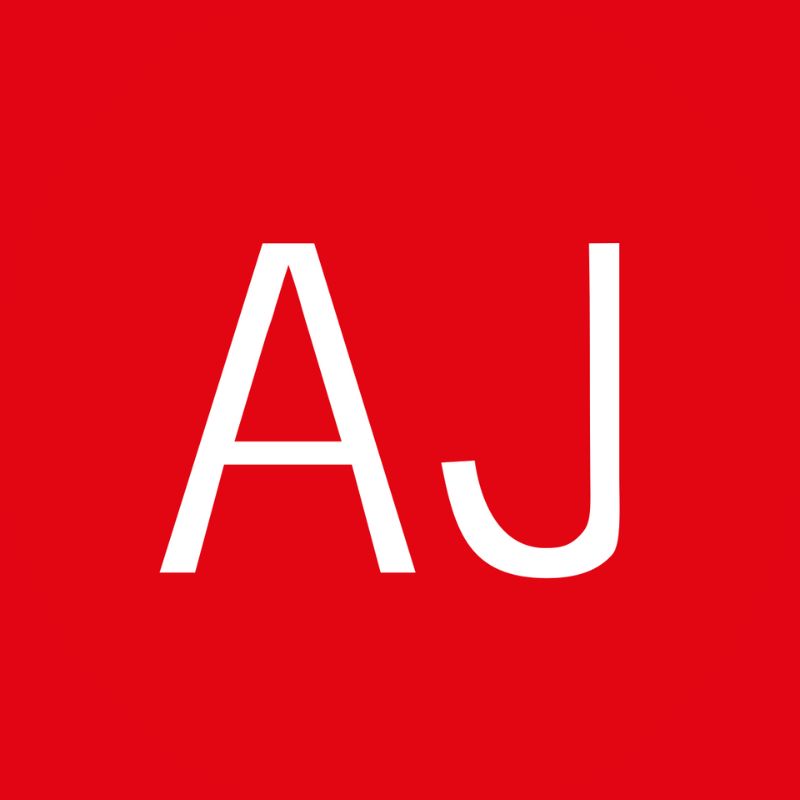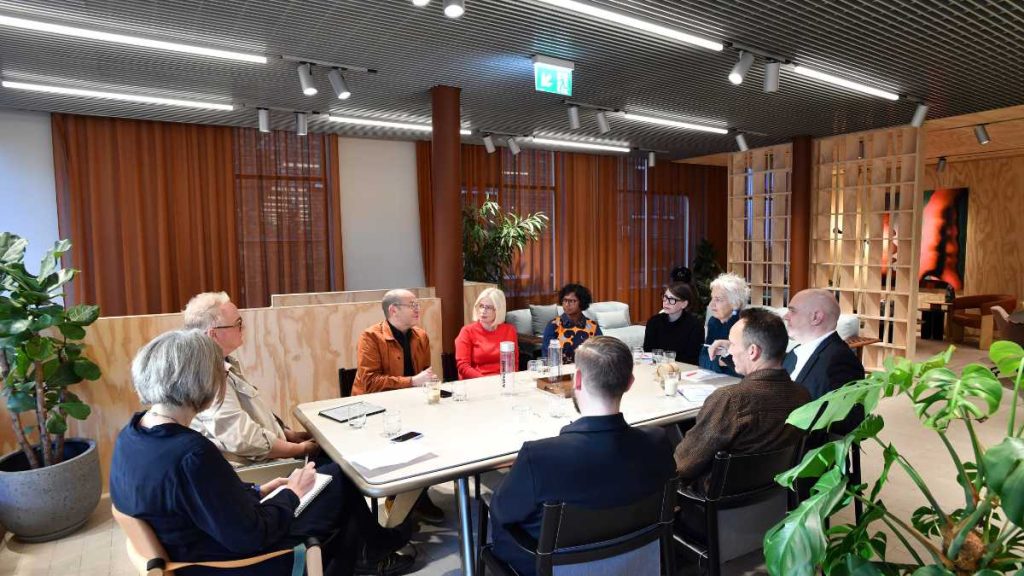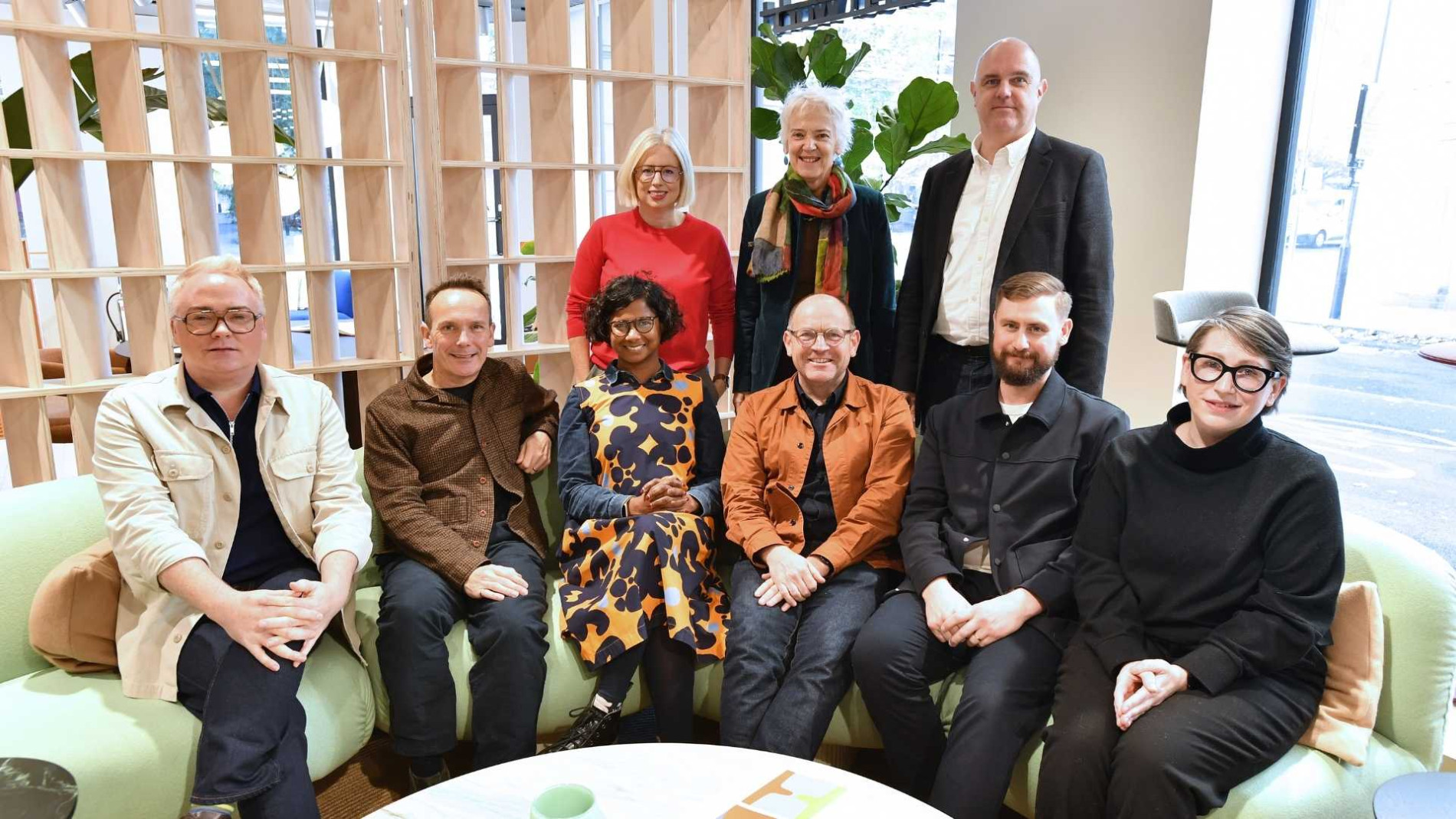
Rethinking talent: attracting and retaining staff in a new era of work
How can architecture practices adapt to attract and retain the staff they need? This was the topic of an AJ roundtable discussion in partnership with Bespoke Careers.
In recent years we’ve experienced once-in-a-generation events that have left us with hard-won wisdom and a workplace culture that’s in many ways unrecognisable. How can architecture practices adapt to today’s very different working landscape in order to attract and retain the staff they need? This was the topic of an AJ roundtable discussion in partnership with global architecture and design recruiter Bespoke Careers.
Panelists:
Katie Atkinson – People Lead, Grimshaw
Nimi Attanayake – Founder, nimtim architects
Simon Bayliss – Managing Partner, HTA Design LLP
Jimmy Bent – Managing Director, Bespoke Careers
Robert Bird – Practice Director, Orms
Lucy Cahill – Director, Bespoke Careers
Patrick Devlin – Partner, Pollard Thomas Edwards
Hattie Hartman – Sustainability Editor, Architects’ Journal (Chair)
David Kent – Senior Design Manager, Fora
The panel explored how architecture firms are approaching talent attraction and retention in 2024 and beyond, discussing topics including tackling skills shortages, employer branding, creating appealing workspaces, benefits and company culture. As Katie Atkinson of Grimshaw observed, finding and keeping talent is about far more than pizzas, office dogs and ‘whatever other cool things practices do’.
Jimmy Bent of Bespoke pointed out that the way jobseekers look for work has changed massively. No longer can employers rely on posting vacancies on specialist jobs boards as they used to. The proportion of applicants responding to ads on specialist job boards is down from 31 per cent to 3 per cent, compared with pre-Covid.
Architecture practices, for their part, are far more likely to use social media to advertise jobs. But using social media for recruitment calls for careful forethought. Practices need to be prepared to spend time working on their brand ‘shopfront’, according to Bent. ‘You need to really build that audience. You can talk about your work, your culture, and pop an ad in now and again,’ he said. Websites still have a valuable role in attracting job-seekers. Bent advocates ‘a really good “Join Us” page’, where you can showcase what it’s like to work at your practice.
Whatever the medium, ‘it’s still a people thing’, according to Bespoke’s Lucy Cahill. She emphasised that partnering with a recruitment company which truly understands your business, values and processes can be hugely beneficial.
Nimi Attanayake of nimtim architects raised the difficulty of finding ‘disruptor’ candidates, rather than those with a natural affinity to the practice and its culture. ‘Sometimes it’s good to have someone who has a different view, or who maybe comes to the profession from a different path. And that is tricky to find when you’re just advertising within social media,’ she said.
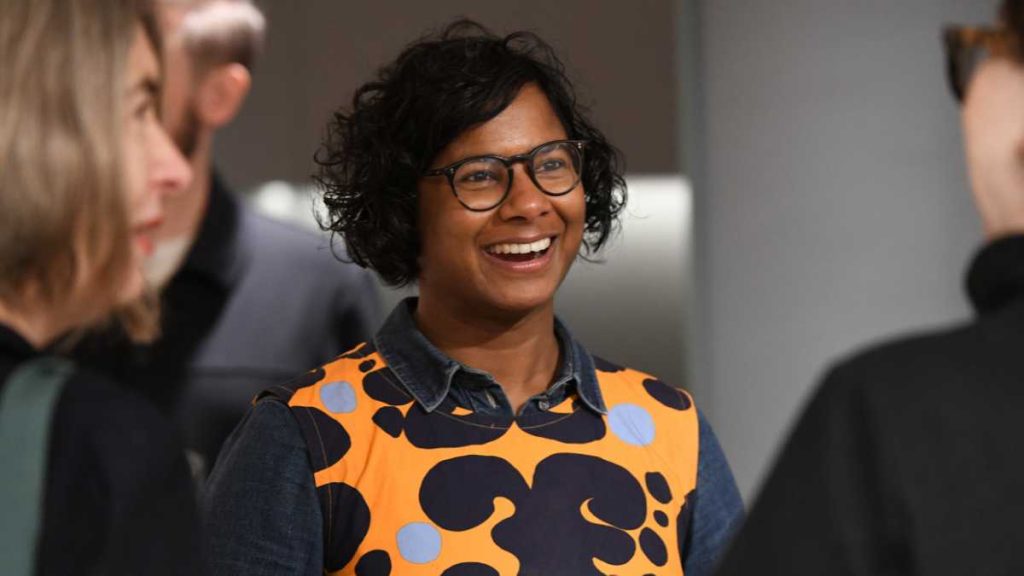
Nimi Attanayake of nimtim architects
In an effort to widen its pool of applicants, Grimshaw invited interest from London universities beyond the obvious ones, and realised, said Atkinson, that there was a ‘we never thought you’d accept us’ perception that had deterred approaches.
HTA Design has found apprenticeships to be a promising route. ‘Apprentices are among our very best people,’ said managing partner Simon Bayliss.
Another big change has been the shift in what applicants are looking for. ‘How people look for jobs is so different now. Lots of decisions are based on culture and working patterns,’ said Bent. So how practices variously accommodate flexible working is clearly an important part of studio culture. Bent thinks that a lot of applicants won’t even consider a job if hybrid working isn’t offered.

David Kent of Fora
David Kent of Fora identified brand, working environment and return-to-work policy as important factors. Robert Bird of Orms felt that there was a challenge for people to achieve the work-life balance they wanted and to benefit from a collaborative working environment.
‘People are struggling, because they want both,’ he said. He has also noticed the importance to applicants of a clear way for them to progress. ‘For a generation of younger people, seeing their career trajectory seems to be very important,’ he said. ‘It can be hard to set out what that trajectory might look like and align with those expectations.’
He has also detected more emphasis on salary, which raises broader issues about whether architects in general are sufficiently valued – and rewarded – for what they do. ‘Because of the student debt that people are carrying, they’re arguing much harder for the salary and, unless it’s there from the profitability in the industry, it’s another challenge to be overcome,’ he said.
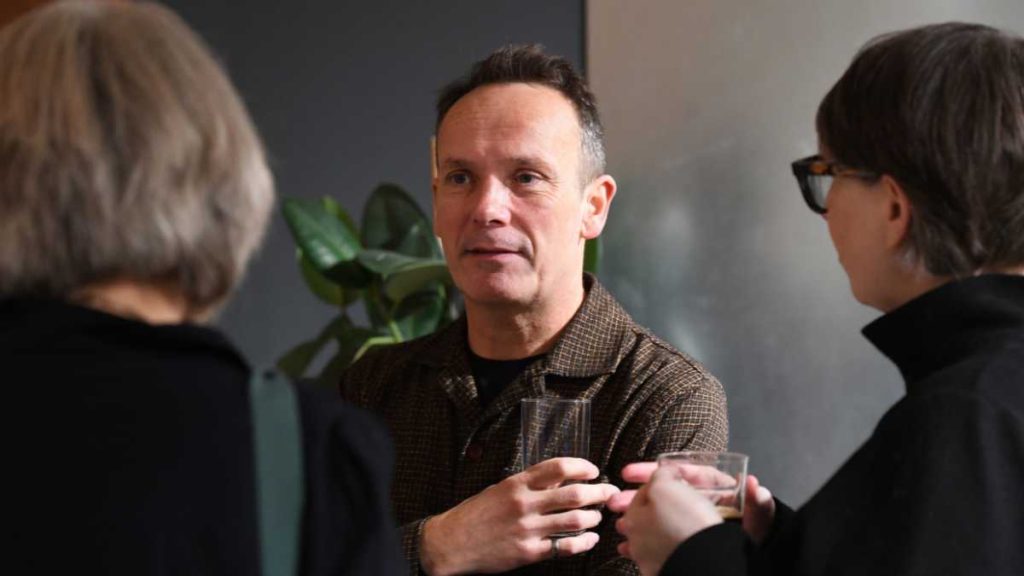
Robert Bird of Orms
Pollard Thomas Edwards’ Patrick Devlin also pointed to the tension between salaries and cost of living in central London.
So how can architecture practices address these, and other factors, through their workplace culture to ensure staff are happier and more likely to stay? Atkinson talked about the importance of empowerment and promoting staff happiness. ‘It’s about recognising people; being transparent and making sure that they’re part of the company and [know] what they’re working towards. We want to empower staff to feel they’re working with the greatest thinkers in the industry; that they’re recognised; achieving what they want to achieve and see a future with us.’
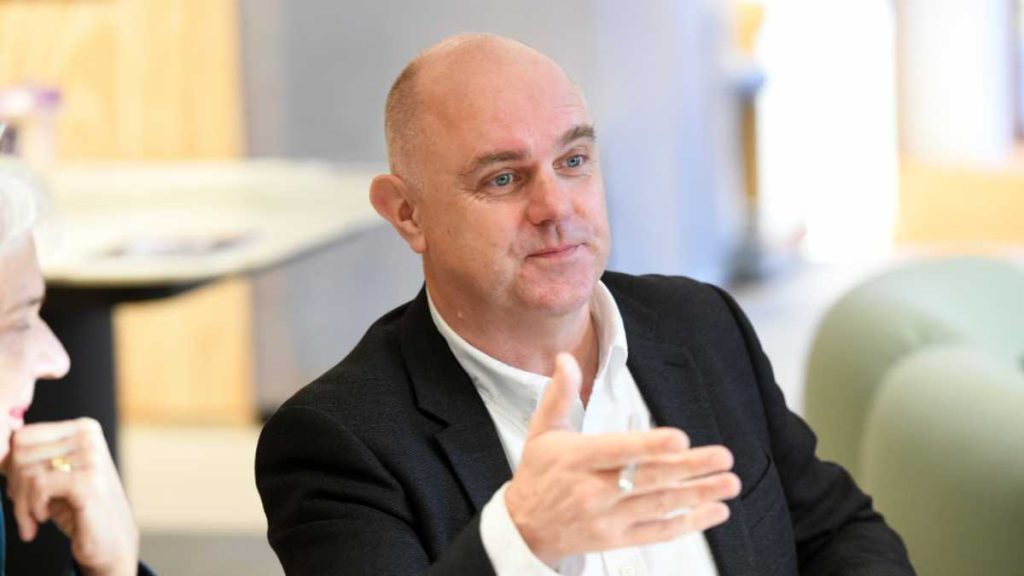
Patrick Devlin of Pollard Thomas Edwards
Orms’s Robert Bird advocated being welcoming and nurturing – and clear about expectations for all concerned. ‘Be honest about what you can offer and what you may not be able to, and about what you expect from them, and what they can get in return.’
Transparency is also a priority at HTA Design, which has won the AJ100 Employer of the Year award for the past three years running. ‘Transparency is key for everything we’ve done,’ said managing partner Simon Bayliss, adding that the practice actively sets out to be a great place in which to work. This ranges from quarterly updates on the finances through to transparency over salaries and career progression.
The practice recently introduced a career map setting out 10 grades for different job roles with salaries, and expectations of the skills and qualifications required to move up. ‘We only introduced it a year ago and it has proved very powerful,’ said Bayliss. ‘Every time we’ve shared more information, it has been very beneficial.’
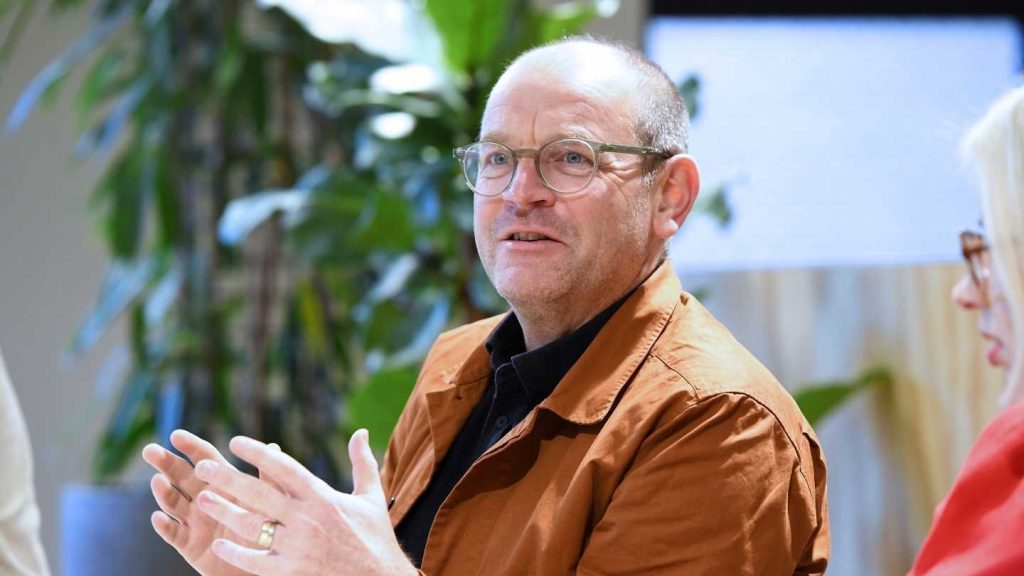
Simon Bayliss of HTA Design
Staff value candour about business performance and outgoings, according to Fora’s Kent. ‘There’s a lot about being open that can be useful,’ he said. Pollard Thomas Edwards also advocate being open about the practice’s finances, and quarterly updates are ‘a really important part of our culture’, according to Devlin.
Openness extends to other areas of workplace culture. Practices should be prepared, for example, to have difficult conversations with staff about issues such as working in Saudi Arabia, salaries and neurodiversity, said Atkinson, who added that such discussions are a positive sign. ‘If they’re having these conversations with you, you’re doing really well,’ she said.
Flexible working is now clearly an important part of studio culture. ‘I think it’s easier for practices to accommodate flexibility now,’ said Nimtim’s Attanayake, describing this as a post-Covid ‘silver lining’, thanks to the proven effectiveness of remote working during the pandemic. She feels it is important that staff know they have the opportunity to work flexibly around core hours, even if they didn’t always exercise it.
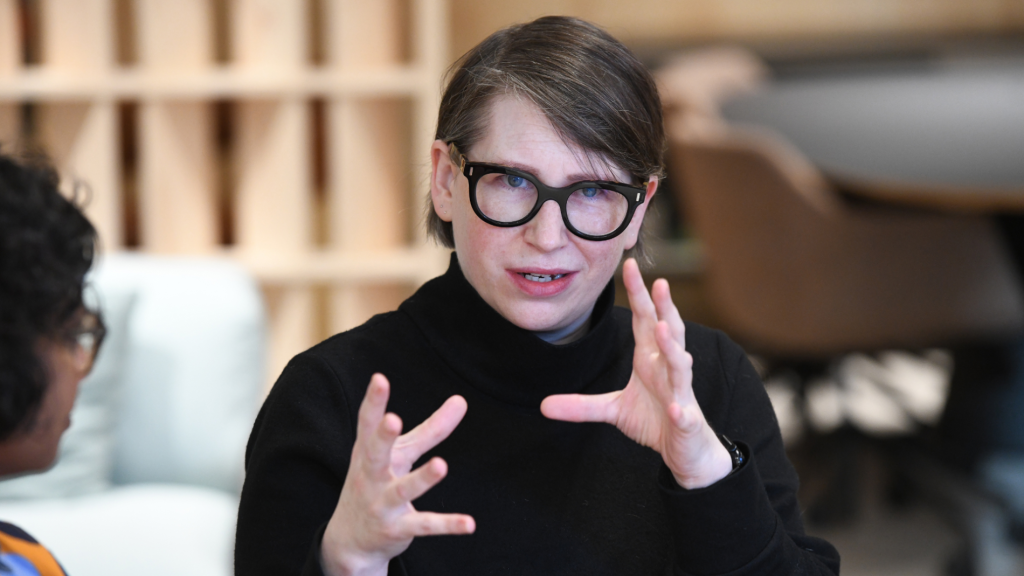
Katie Atkinson of Grimshaw
PTE also saw the benefits of staff engagement to workplace culture, whether taking turns to cook lunch for the whole office or co-producing the practice’s ESG report. ‘People find it attractive, because it’s really involving,’ said Devlin.
At HTA Design, beyond spending any three days in the office a week, staff have flexibility. ‘Because you have that freedom, it creates comfort that you’re in the right place and are being looked after,’ said Bayliss.
‘Layering in flexibility shows a willingness to listen to the needs of the individual,’ said Fora’s Kent, adding that this should extend beyond the number of days in the office to what staff value in the design of the workplace. He has seen a trend towards tenants wanting to customise their spaces more, taking desks out and putting in more collaborative settings, but also providing private spaces, such as phone booths and meeting pods.
Atkinson felt that, rather than mandating people returning to the office, it was a ‘nice challenge’ for practices, as architects and designers, to encourage this. ‘We should be able to create spaces, interactions and opportunities that make the studio where people want to be,’ she said.

Lucy Cahill, director, Bespoke Careers
Benefits are an important factor in staff retention. Bayliss felt it was important to make the decision to be a good employer and work hard at it. Enhanced leave isn’t taken up by most people but is well received, so why not offer it? HTA Design’s generous package includes two free meals a day provided by their in-house chefs, as well as private healthcare and other benefits, such as menstrual leave. Regardless of the benefits they have introduced over the years, Bayliss said the company’s margins had always remained about the same.
In larger practices, workplace mobility can be attractive to staff, and is, said Bent, ‘one of the new benefits that’s a real hit’ post-Covid. Staff at Grimshaw’s London office are able to work anywhere in the world for up to two months. HTA has been able to accommodate a number of staff relocating between its four offices, which, said Bayliss, had also benefited the practice by broadening its intake.
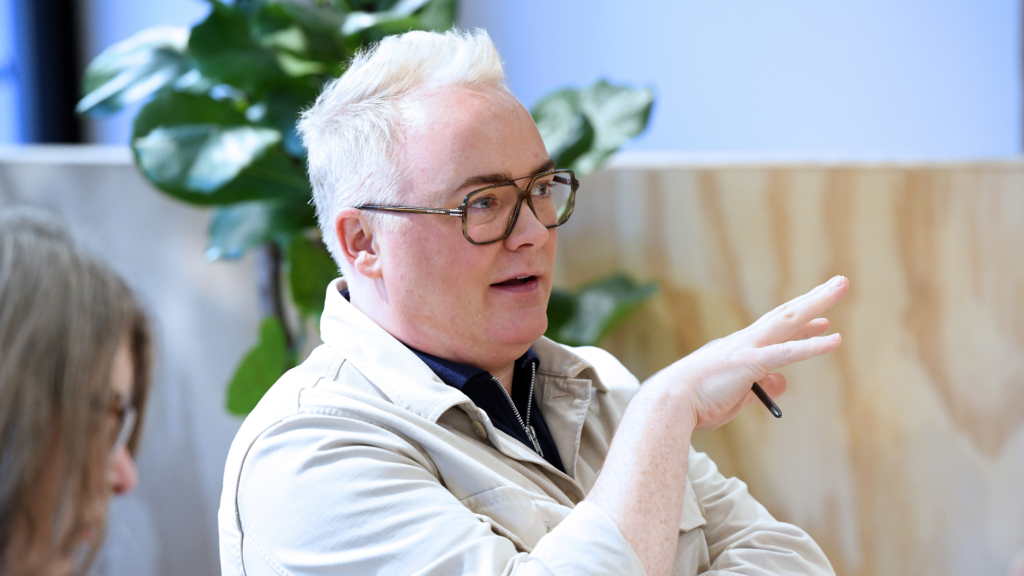
Jimmy Bent, managing director, Bespoke Careers
With respect to staff retention, practices are also contending with broader forces impacting on the profession. Nimtim’s Attanayake talked about the challenges of conveying the benefits of working in a smaller practice versus a big practice, and of the impact of growing dissatisfaction within the profession as to how architecture is valued. Working for a developer, for example, might be a more appealing option to some architecture staff. ‘If the culture isn’t strong enough, if there isn’t a big enough pull for them to say “I like being here”, they will leave,’ she said.
She suggested that practices create a narrative that’s ‘authentic and honest about who you are’, and be prepared to adapt this accordingly, as times change.
Whether it be the increased role of social media, hybrid working, or the profession’s own existential crisis, it’s clear that much has changed for architects in the five years since the start of the pandemic.
Rather than fall back on how they’ve always done things, the clear message to come from the roundtable was that practices need to wake up to the new recruitment market conditions, and respond accordingly.
Thank you to Andreu World for hosting the roundtable in their Clerkenwell showroom.

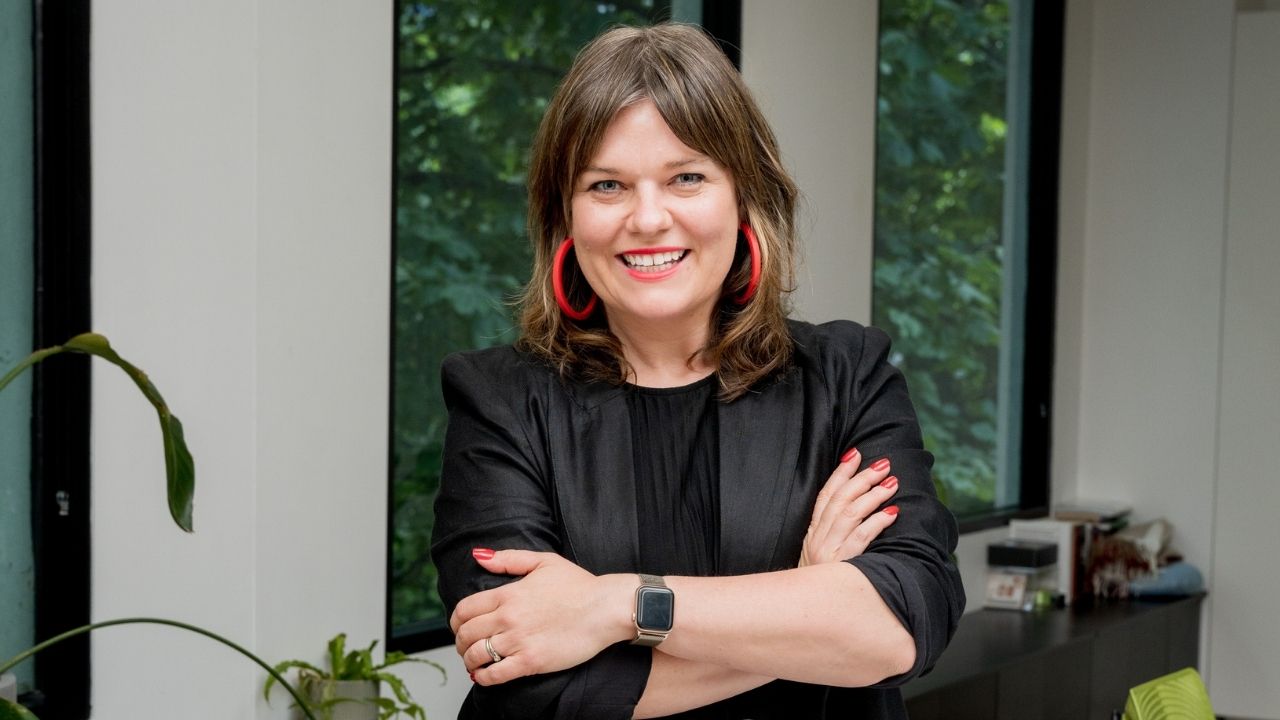
Looking to hire top talent
 or advance your career? Let's talk.
or advance your career? Let's talk.
We connect exceptional firms with talented professionals.
Whether you're looking to hire or explore new career opportunities, let’s discuss how we can help you achieve your goals—get in touch today.
Related Posts

In this episode of the Bespoke Careers Employer Branding Playbook, we sit down with Ayo Abbas, a marketing expert in the built environment, to explore how strategic marketing can help architecture and design firms build a strong employer brand.
Employment law updates have been making headlines, and not always for the right reasons. There’s been a wave of misinformation, with reports making the changes sound more dramatic and confusing than they really are.
For architects and designers, networking is an essential tool for career growth. It’s one of the key avenues for expanding your professional circle, deepening your professional knowledge and opening doors to opportunities you never knew existed.
Read our tips for getting the most out of networking and a few upcoming architecture and design events you can add to your calendar.
